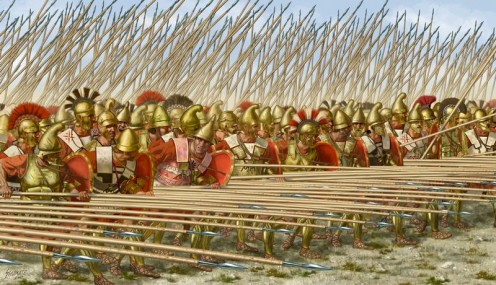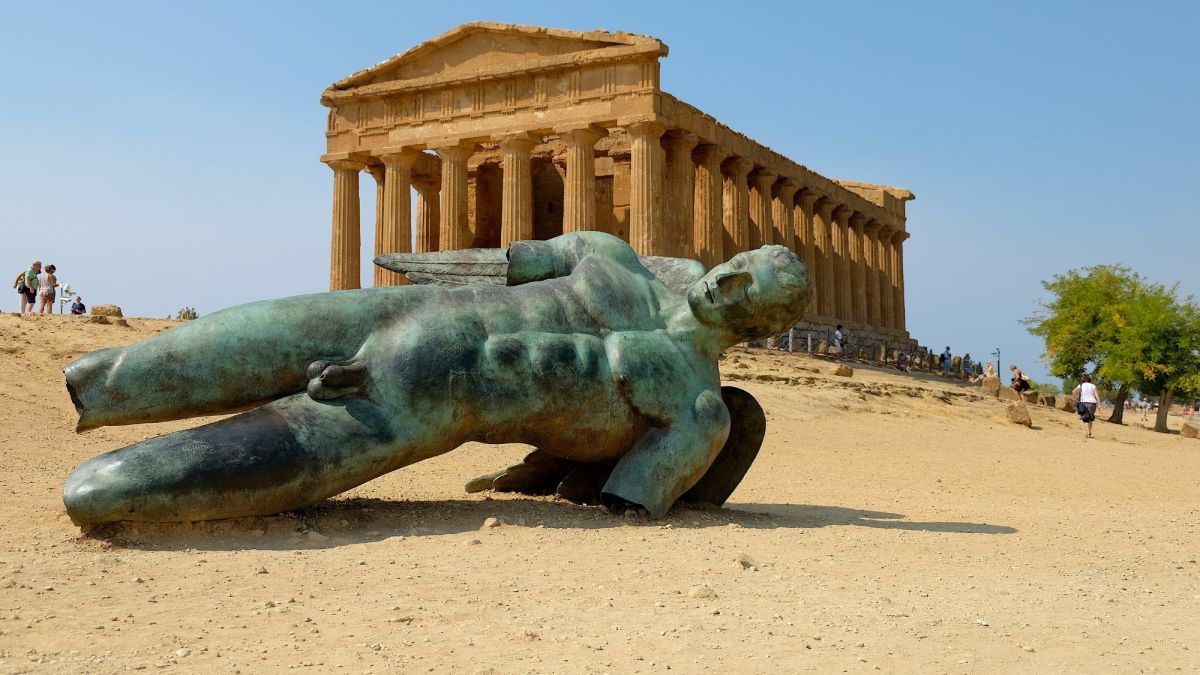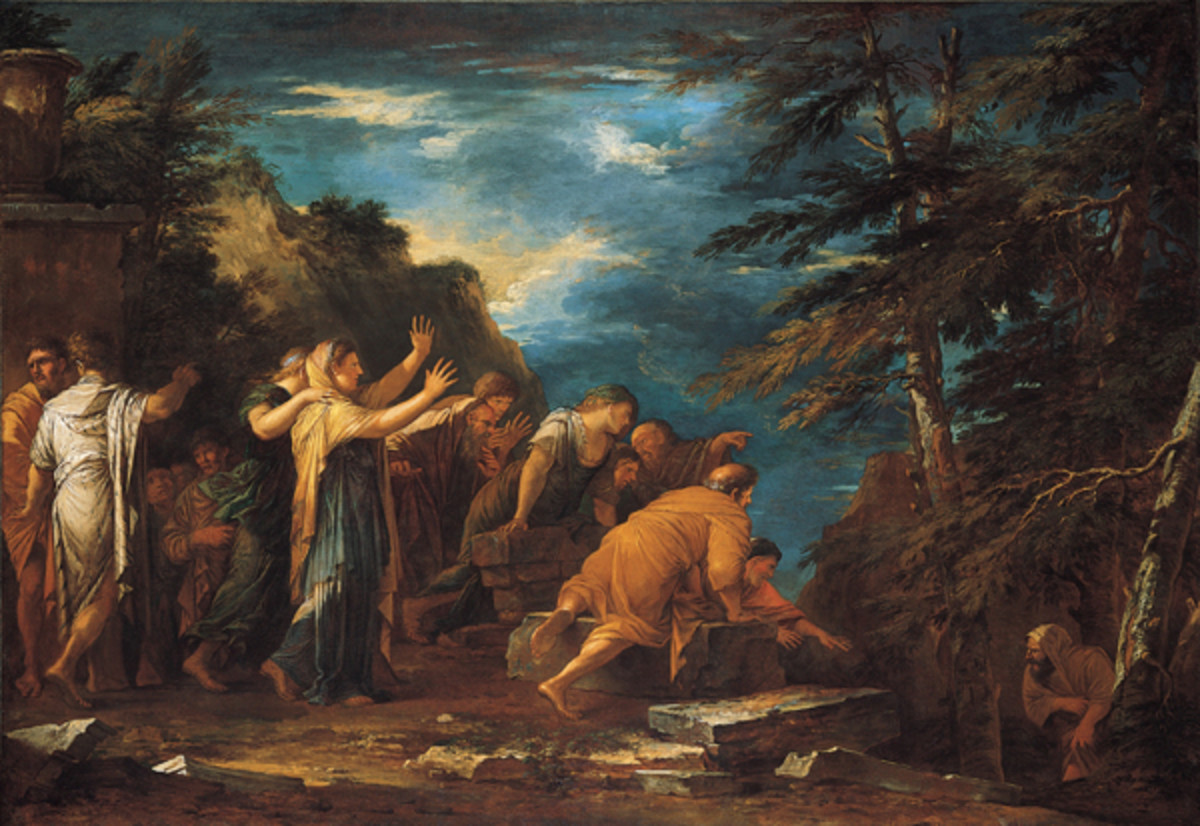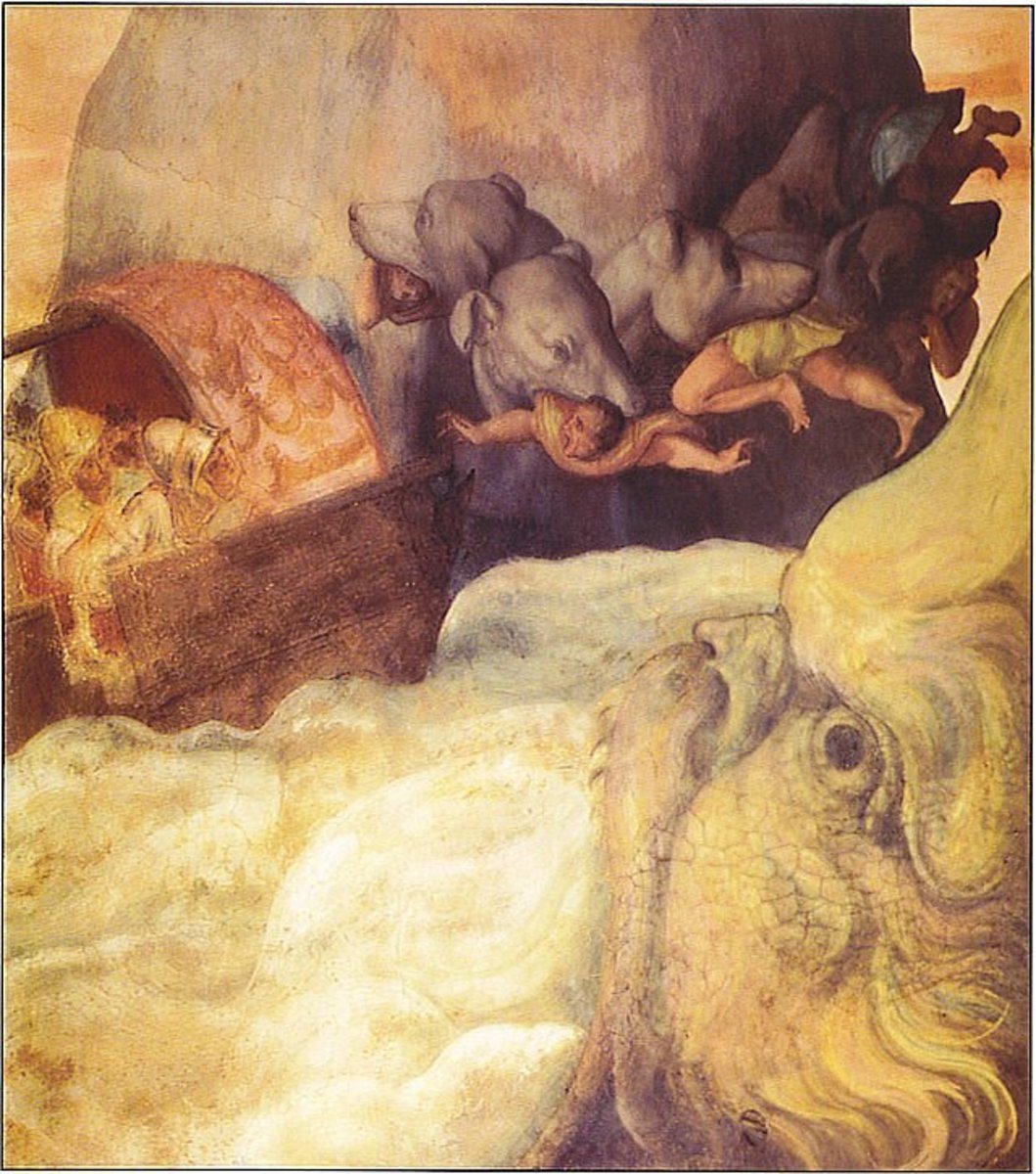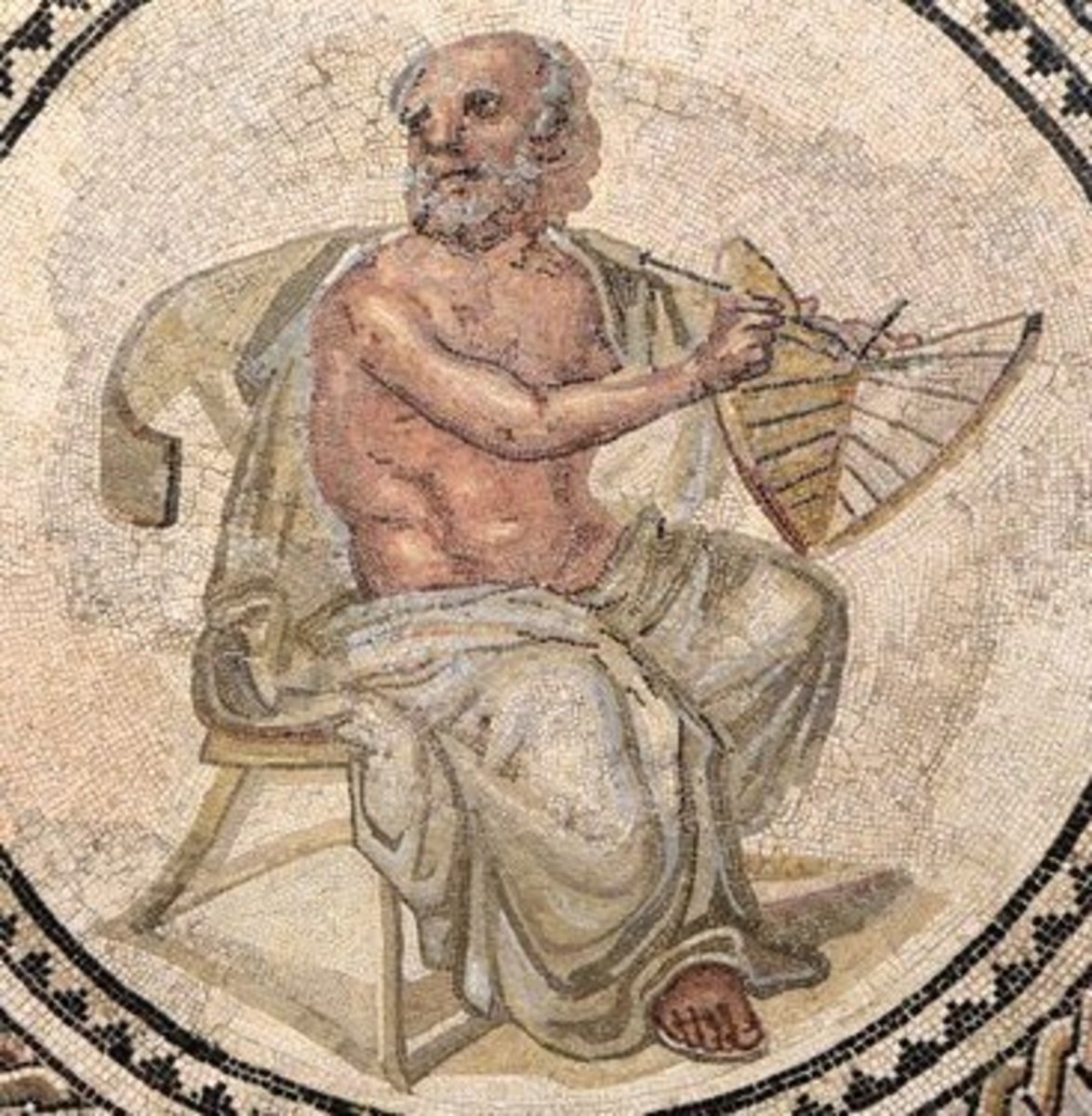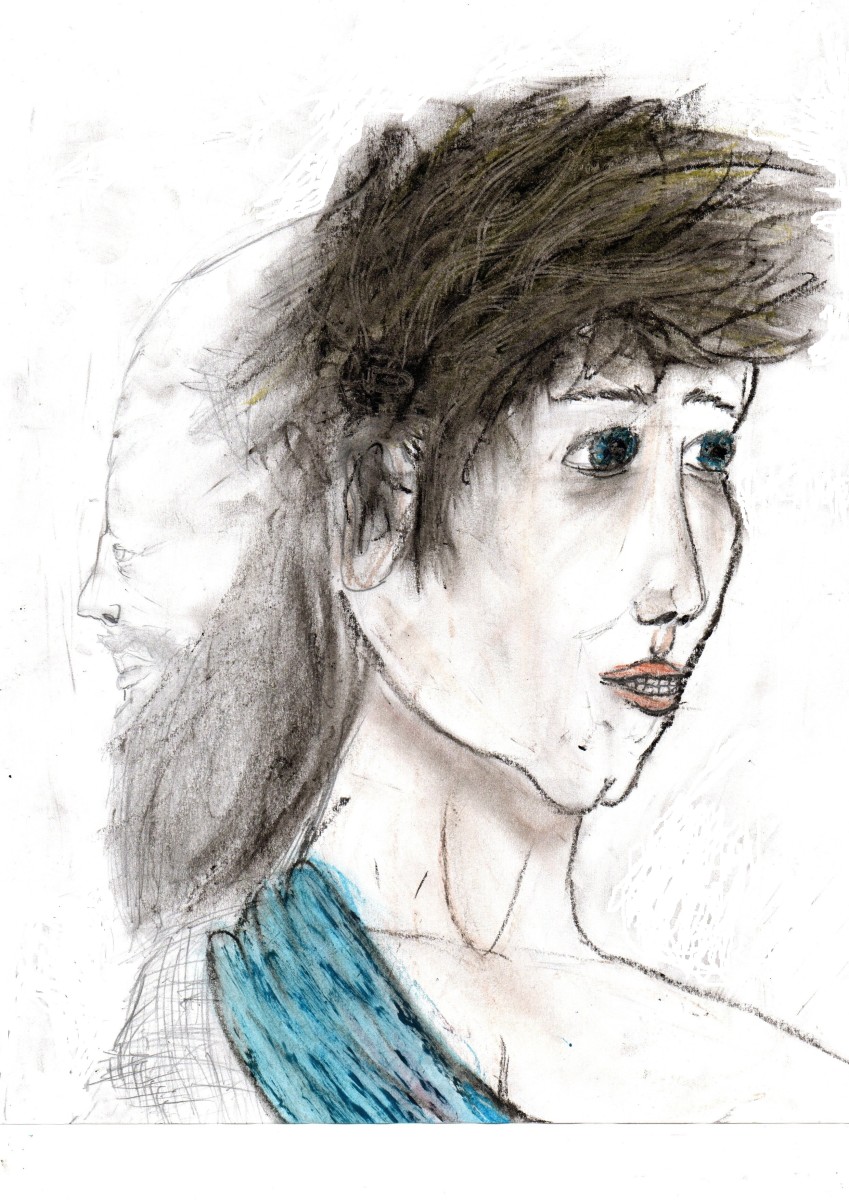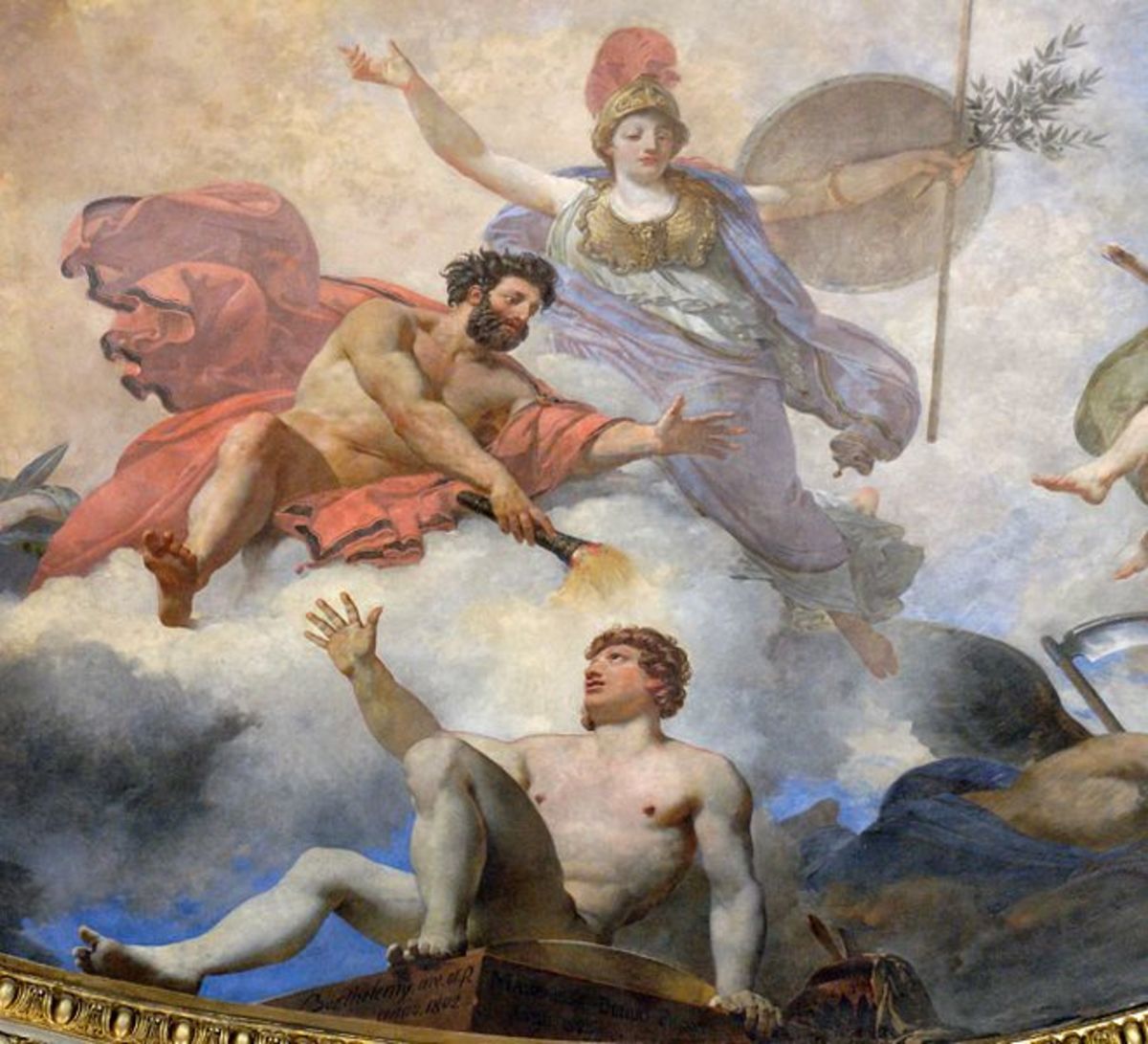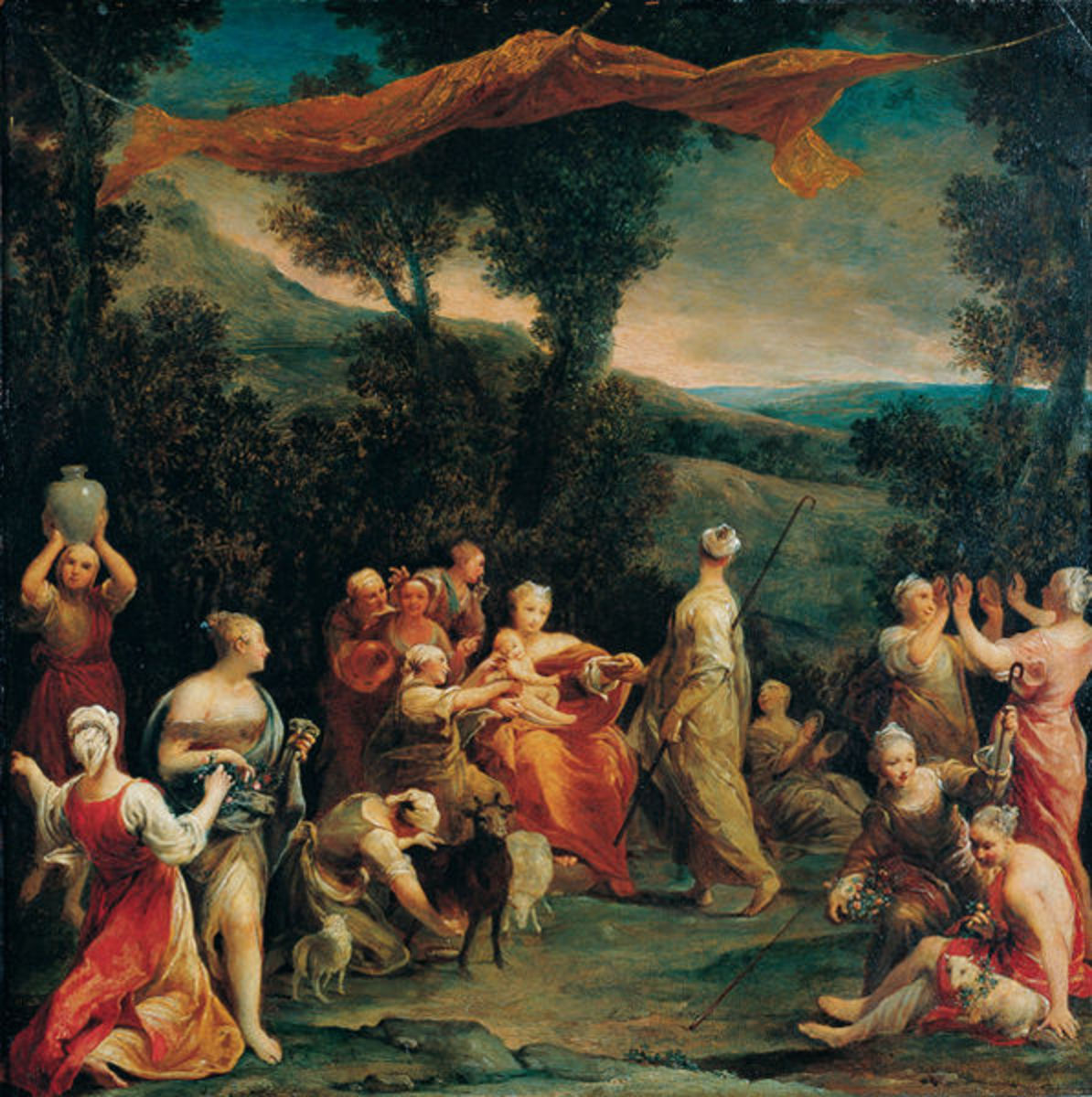- HubPages»
- Education and Science»
- History & Archaeology»
- Ancient History
Greek History: Lesson 2--The Formation of the Polis
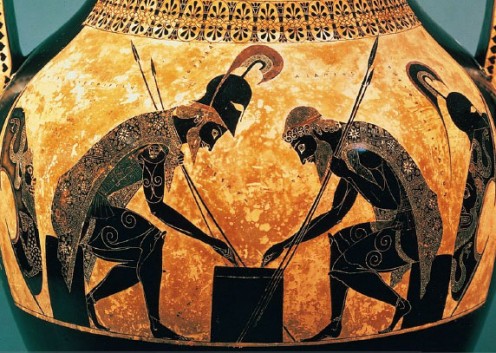
Transformation from Prestate to State
In my previous hub Oikos and Basileus, we encountered the small communities of early Greece, which from a sociological perspective are categorized as "prestate" societies. The term "prestate" is used for political units that do not have enforceable state authority and that rely on traditions rather than formally enacted laws as principles of community life. We saw that the basileus, as a man of influence, did not dominate decision-making and dispute resolution by top-down decrees, but rather lead through consensus building. Early Greek communities did not act without the assent of its citzens.
In this hub, we will discuss the development of these early Greek communities from prestate to states, or "poleis" to use the ancient Greek term (polis sg., poleis pl.). We will also see how the self-made basilees (pl. of basileus) of the earlier periods evolved into a hereditary aristocracy.
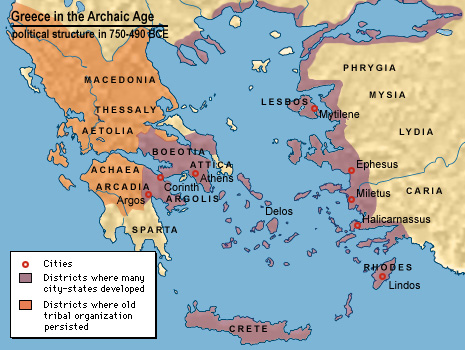
The period between 725 B.C. and 675 B.C. saw a rapid transformation from "basileutic prestates" into the aristocratic poleis. Evidence of this transformation is derived from archaeologists who document both a rapid rise in the general population and a rapid increase in wealth among the elites. Archaeologists interpret these two trends as evidence of a shift in the social and political configuration of ancient Greek society--specifically, a transition from prestate to state with increased social stratification and political/institutional formality.
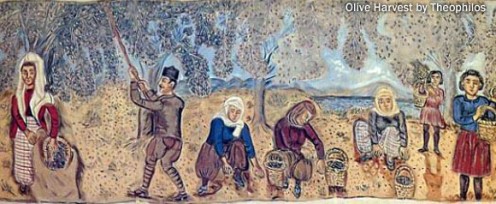
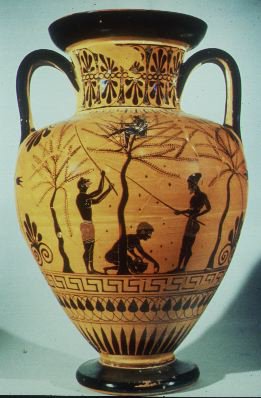
A. Population Increase
Between 780 and 720 B.C., archaeologists estimate that the population of Greece increased by 300% to 600%. Evidence includes the number and size of settlements, increased burials, new well-digging, internal colonization and emigration abroad to Sicily, Italy and to regions around the Black Sea. In 800 B.C., land was plentiful in mainland Greece and social status was fluid as the land was still being settled. As land become increasingly scarce, greater disparities in wealth began to arise within the poleis, since ultimately the ownership of land was the source of most wealth in antiquity.
The scarcity of land also caused poleis to compete for interjacent land with border wars becoming more frequent. As conflicting claims for land were resolved, the borders of each polis became more defined. The informal military hierarchy of earlier periods was transformed into more organized hoplite militias with a more unified command. The rise of increasingly formal political and military structures were key elements in the transformation from prestate to state--both in terms of the creation of institutions with official authority and the development of a patriotic consciousness.
In addition to external competition for increasingly scarce land, internal competition arose among the citizens of individual poleis as well. Citizens begin to colonize and claim less desirable land around the polis. Agriculture become more labor intensive as populations found themselves increasingly investing their energy in developing irrigation and cultivating the slopes of hills and mountains for orchard crops such as olives and grapes. As the demand for agricultural output increased, the need for plowing and manure also increased, thereby making agriculture even more labor intensive. At this point, slave labor become increasingly prevalent to satisfy the ever increasing demands for labor. Unlike modern society, unemployment was rarely an issue in antiquity; rather manpower shortages were a perennial problem where many of the labor saving devices we take for granted today were unknown.
One of the distinguishing characteristics of the ancient Greek population as compared to their neighbors in the Near East (Anatolia, Persia, Egypt) is that they were "citizens" of their local community rather than subjects of some distant and perhaps foreign monarch. Citizens of the Greek polis had three defining characteristic: landownership, militia participation and religious participation. Foreigners ("xenoi") and slaves ("douloi") were excluded from citizenship; and therefore were not permitted to own land or participate in the civic and religious activities of polis.
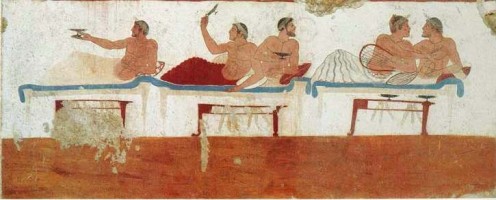
B. Elite Wealth
The second body of evidence that indicates a transformation from prestate to state pertains to elite wealth. "Wealth" in ancient Greek society should not be equated with a post-industrial conceptualizations of wealth (i.e. capital or other income producing assets). Wealth in ancient Greek society signifies the possession of scarce personal property (gold, silver, horses, objects of art) which was used primarily as a display of social status.
Increasingly, wealth and social worth came to be inherited by limited segments of the population. Because the elites likely had more labor (slaves) at their disposal, it meant they had enough of an agricultural surplus to exchange for metalware and display goods. The elite became increasingly conscious of itself as "superior" calling itself "aristoi" (the best) whence we derive our word aristocracy. This class ideology was played-out with flaunting displays of wealth including extravagant weddings, funerals and festivals. Another sign of social consciousness is endogamy, or the exclusive intermarrying among members of the aristocracy.
Increasingly, we find textual evidence from this period of class ideology and consciousness where personal excellence and social worth are described as being biological or inherited from divine ancestry. In addition, we find a conflation of social and moral worth where the lowly are now spoken of as "poneroi" ("wicked, despicable") and "kakoi" ("bad, mean"); the elite are "kaloskagathos ("the virtuous and good"). This is a stark contrast to the later Christian equation of virtue with humility and poverty. Famous aristocratic clans included inter alia: the Bakchiadai of Corinth, the Aiakiadai of Aigina, the Basilidai of Ephesus, the Neleidai of Miletos, the Medontidai of Athens.
Stayed tuned for future lessons where we'll see the varied ways class tensions played out in different Greek poleis.
